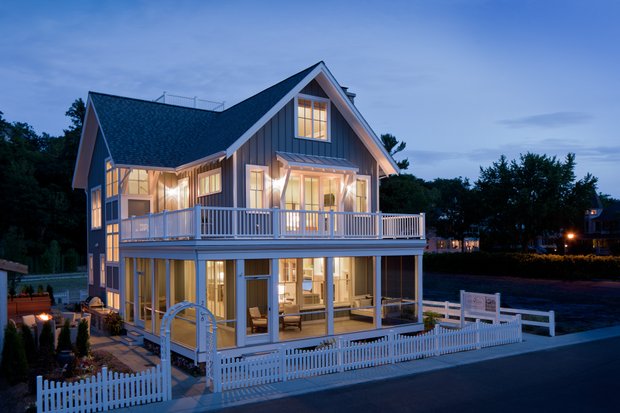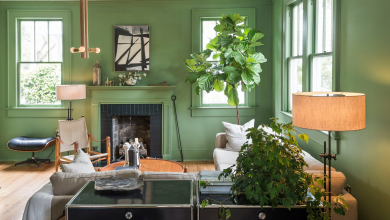6 Ways That Your Home’s Design Can Influence Your Wellbeing

It might seem obvious that your home has a significant effect on your wellbeing. We are, after all, influenced by our surroundings. However, despite this connection to our environment, fewer residents consider how their home’s design might affect their wellbeing. Every aspect, from the colour of our paint to the amount of space we are able to enjoy, influences our potential happiness and it is, as such, important that we take time to consider the presentation of our living spaces.
Lighting
Often overlooked in favour or preference of furniture and colour, lighting is actually one of the most significant influences of mood and wellness within a living space. There are a number of reasons why this is the case, including the impression it has upon a space, with natural light lending to rooms feeling larger, to the brightness literally lifting an individual’s mood.
Most importantly, however, light within a home helps to regulate our circadian rhythms and if there isn’t enough of it, or even too much such as from light pollution, we may find ourselves sleeping worse.
Decor
If an interior design does not reflect our preferences or personal character, we will tend to feel more distant from our living spaces. This is both why we can soon feel tired within living spaces we cannot design ourselves and why we often attempt to influence a new home’s design quickly.
Nature
Flowerbeds, summer houses, lawns, and our favourite flower parts are all part of what makes a garden space so enjoyable. Being connected to nature is demonstrably good for our wellbeing, which is why it benefits residents to bring as much nature into the home as possible. For some, this can be a houseplant or two, whereas others will prefer to embrace more thoroughly a wild design, seeking out statement floral wallpapers and exposed wood furniture.
Colour
Outside of even our preferences for colour, the paint and tone with which we decorate our homes affect our mood. Associations with colour have been studied for a long time and while many will still consider their impression subjective, they remain nonetheless important. Bold reds, for example, will imbue a room with far more energy than a pale yellow.
Comfort
If we are unable to feel cosy, reclining ourselves on a plush sofa and putting our feet up, we will see a living space as less of an environment of relaxation and more as a space of practical necessity. Comfort in design remains important because it connects us with a space and defines it as home.
Safety
Psychologically, safety plays a significant role in our sense of safety and comfort within a space. If we as individuals, as well as our belongings, do not feel protected and secure within a property, we are more likely to experience anxiety or stress.
As such, it benefits residents to design a home with the security that suits their concerns. Smart doorbells, those fitted with cameras, are becoming popular for this exact reason, not only for their functionality but their protection as well.





